The Most Popular Legends and Myths About Pearls: True or Fiction?

Ah, pearls! The gems found in seashells and South Sea oysters have inspired us for centuries. They’ve been glamorized in films, books, and art. People from all walks of life—from royalty to everyday citizens—have adorned themselves with pearls since Ancient times.
But while they may look lovely resting on a necklace or earring setting, there are several myths and legends surrounding them. Have you ever wondered which of these stories is true?
As a jewelry expert, I’m here to set the record straight and discuss some of the most popular myths about pearls. So, read on for a deeper dive into these mythical tales—and what the truth is behind them.

10 Common Myths About Pearls: True or False?
From East to West, pearls are connected with tales of love and beauty - representing eternity and power in many cultures.
But, when it comes to pearls, plenty of myths are circulating. To help you sort through the facts and fiction, here are ten common myths about pearls — true or false?
All Pearls Come from Oysters: False
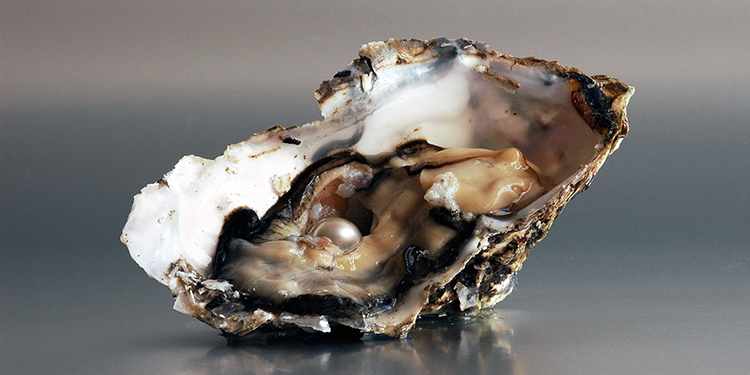
While oysters are the primary source of natural pearls, other mollusks, such as mussels and clams, can also produce them. Cultured pearls are made using the same process but with some help from human intervention.
They are created by introducing a small piece of mantle tissue into an oyster or mollusk, which leads to the formation of a pearl sac that gradually develops a pearl.
Pearls Are Only Found in White: False
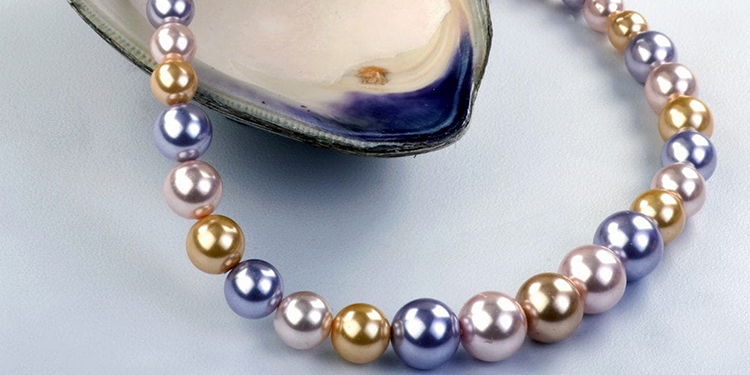
Pearls come in various colors, from white to black and everything in between. The most common colors are white, cream and yellow, but the range of colors includes shades of green, blue and purple.
In addition to traditional pearls, black pearl variants are available in stores.
Pearls Are Valuable Because They’re Rare: False
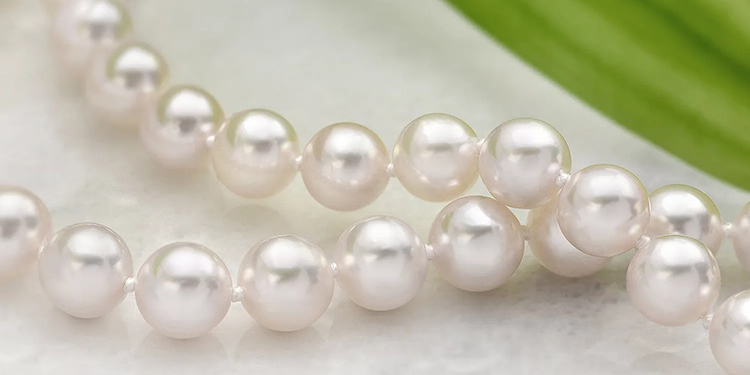
The value of a pearl is determined by its size, shape, color, and luster. While natural pearls may be more expensive than cultured ones, both are widely available today. The key to finding a valuable pearl is to look for one unique in color and shape.
Today, many different pearls are on the market, from freshwater to Akoya, Tahitian, and the South Sea. So, you’ll indeed find something that suits your budget and style.
Pearls Are Eternal: True
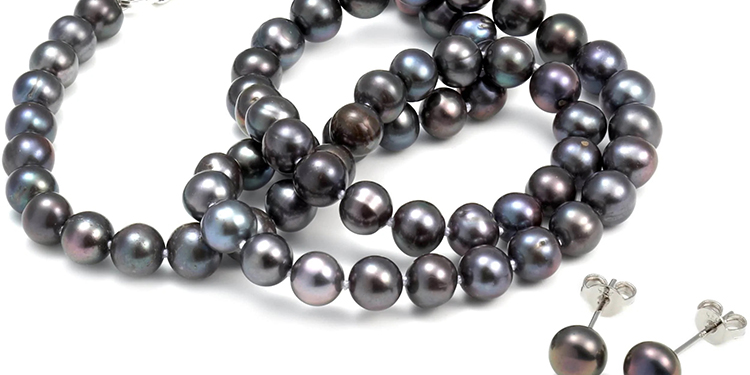
Pearls symbolize eternity, as they never fade or change color over time. It is why pearls are ideal for special occasions such as weddings, anniversaries, and birthdays. It is also believed that wearing pearls can promote longevity and wisdom. They remind us of the beauty and power that exists within us.
Pearls Can Take to Develop for Up to Several Years: True
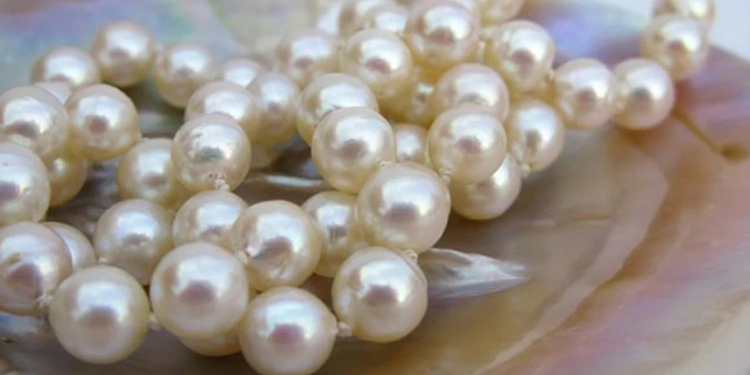
Depending on the type of pearl, it can take several years for them to develop. For example, saltwater pearls such as Akoya pearls take at least 18 months to form and can take up to three years.
On the other hand, freshwater pearls typically develop in just 6-18 months.
Pearls Can’t Be Worn on Wedding Day: False

Pearls are often associated with wedding jewelry, which is believed to bring good luck in marriage. As a result, many brides choose to wear pearls on their wedding day to symbolize love and commitment.
And it’s not just brides that wear pearls - grooms can also choose to accessorize with a pearl tie clip or cufflinks.
Pearls Need to be Cleaned Often: False
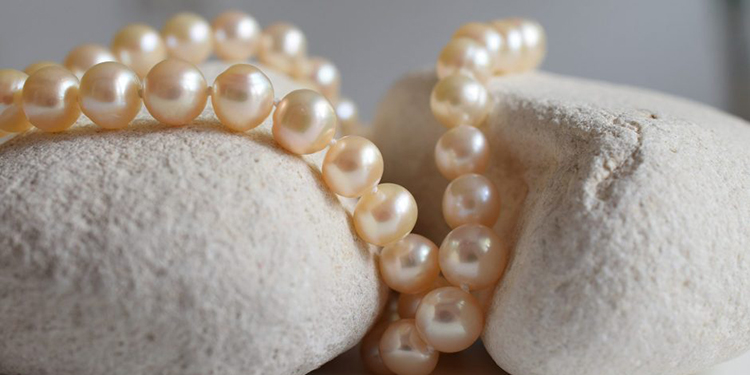
Unlike diamonds and other gemstones, pearls don’t need to be cleaned very often. They shouldn’t be cleaned too often as this can damage their delicate surface. Pearls should only be wiped with a soft cloth to remove any dirt and oils that may have accumulated.
You should never use any harsh chemicals or cleaning products on your pearls.
Pearls Have Magical Powers: False
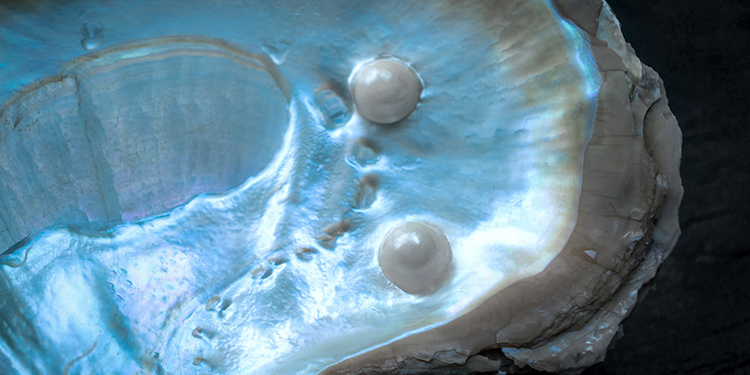
Many cultures associate pearls with magical powers and believe they bring good luck and prosperity to their wearers. For example, the Chinese believe that pearls symbolize purity and can protect the wearer from evil spirits.
However, while they may bring good luck to those who wear them, the pearls have no magical properties. Instead, they are beautiful pieces of jewelry that everyone can enjoy.
Pearls Are Only Round: False
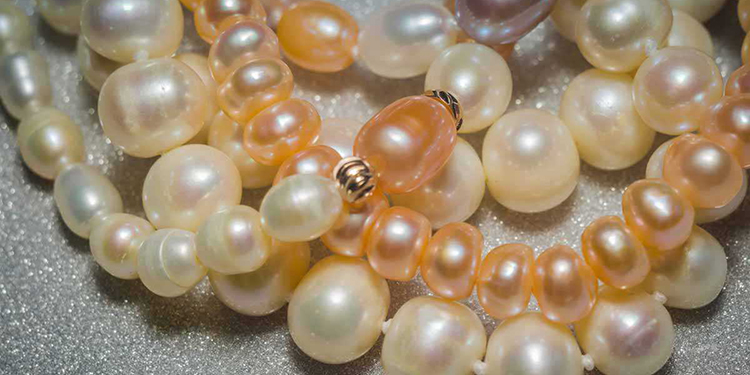
Although round pearls are the most common, they come in various shapes and sizes. They can be round, oval, baroque, or any other shape imaginable. The type of pearl you choose is entirely up to your personal preference and the look you’re trying to achieve.
Pearls Are Expensive: False
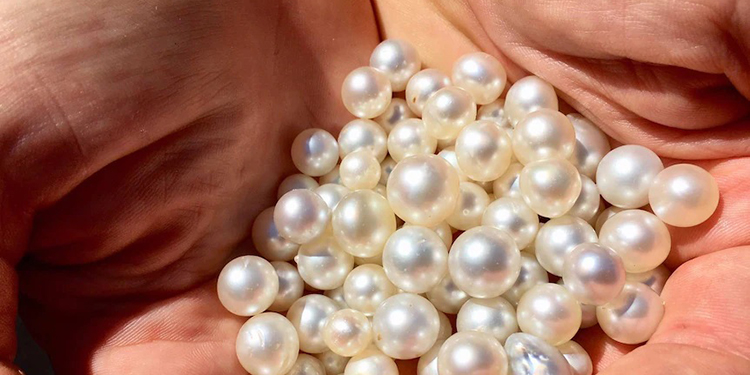
Pearls come in various prices, so you don’t have to break the bank to start your collection. Freshwater pearls are generally the least expensive option, while Akoya and South Sea pearls tend to be more expensive.
For example, a single strand of high-quality Akoya pearls can cost anywhere from $200 to $1000. On the other hand, a freshwater pearl necklace can cost as little as $20.
So, there’s something for everyone! No matter your budget, you can find a pearl to add to your jewelry collection.
Five Common Legends About Pearls and Their Significance
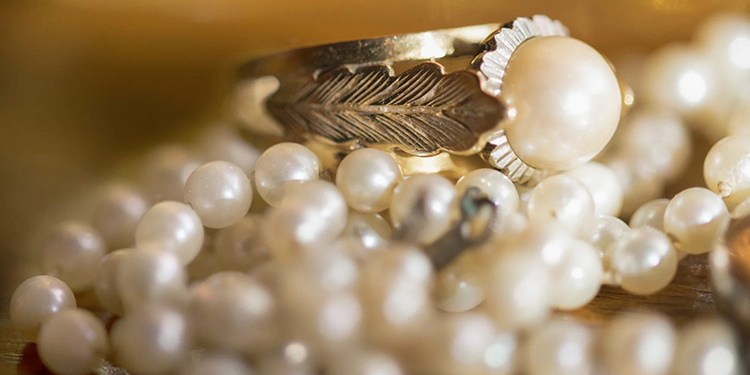
For centuries, pearls have captivated man’s attention and inspired countless stories. Yet, before science could explain their origin, myths and legends were created to assign deeper meanings to pearls.
Even today, these gems’ colors, quality, and source contribute to the tales behind them. Here are five riveting fables from different countries that remain relevant in our day, along with their significance.
China

The very name of this fabulous stone has Chinese roots and sounds like “Zhen-zhu.”
In China, there are several legends about the origin of pearls. One of them says that due to a fierce battle between the clouds of two strong dragons, a terrible thunderstorm began, accompanied by thunder and lightning. After that, an unusual rain of silvery pearls fell on the earth’s sky.
According to another legend, pearls are viscous moonlight that fell into a shell opened to meet it on a full moon. There, they froze and turned into a tiny snow-white moon, as round and silver as the real one.
Ancient India

The first mentions of pearls are found in Indian books as early as the second millennium BC, and they call it “Manyara.” The ancient Indians valued pearls, loved them and understood a lot about them.
According to ancient legends, God Krishna found pearls on the seabed and gave them to his daughter’s wedding. Since then, in India, pearls have been a must-have for every bride.
Japan
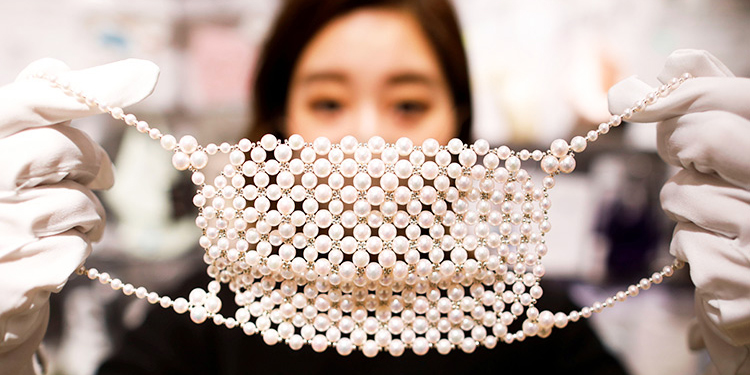
The Japanese believed that pearls were born from the sea dragon’s tears. Therefore, they thought a pearl originated when a drop of water fell from the sea dragon’s eye into an oyster.
Therefore, it meant that pearls represent sorrow and tears, but at the same time, this dragon’s tears were believed to have healing power. Thus, the Japanese believe that pearls symbolize purity and innocence.
Persia
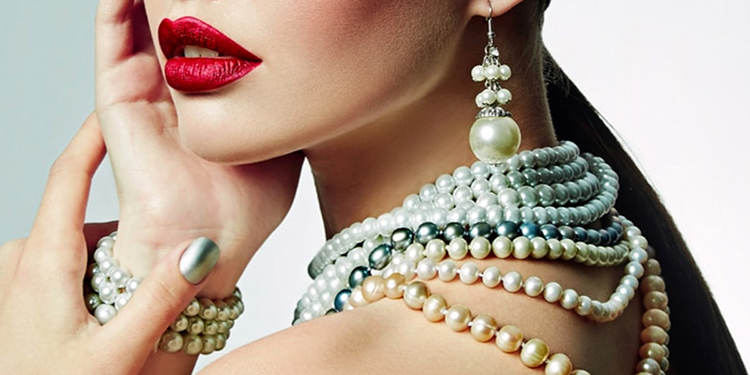
In ancient Persia, pearls were believed to be the tears of the gods. The Persians were convinced that when the gods talked to each other, they cried, and their tears fell into the sea, thus creating pearls.
As a result, Persians believed that these gemstones contained divine powers. Pearls had a reputation for being very powerful and magical and were even thought to give the wearer good luck.
Philippines
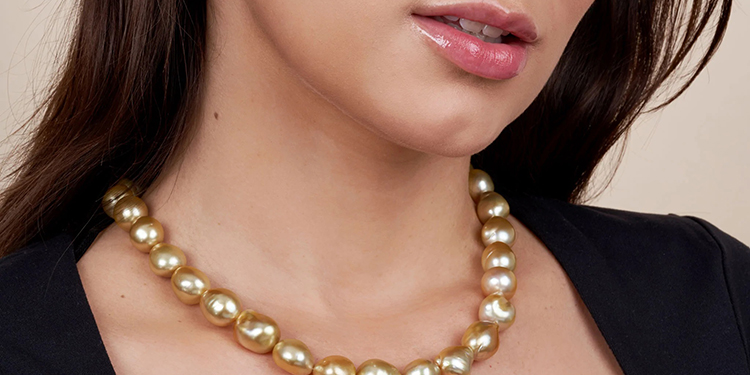
According to one of the Philippine legends, the birth of pearls occurs when, at sunrise, the first rays fall into the open shells of pearls. They were found in abundance in reefs near the coast.
Naturally, everyone sought to take possession of many precious stones, and even wars began to arise. And the shells sank to the bottom of the sea so that not everyone could get them. And to this day, Filipinos are the best pearl divers.
These legends give us a deeper understanding of pearls' cultural significance throughout time.
No matter the origin, it is clear that these gemstones have found a special place in the hearts of people all over the world. You may find yourself drawn to their beauty and power as you explore pearls and their many myths.
Bottom Line
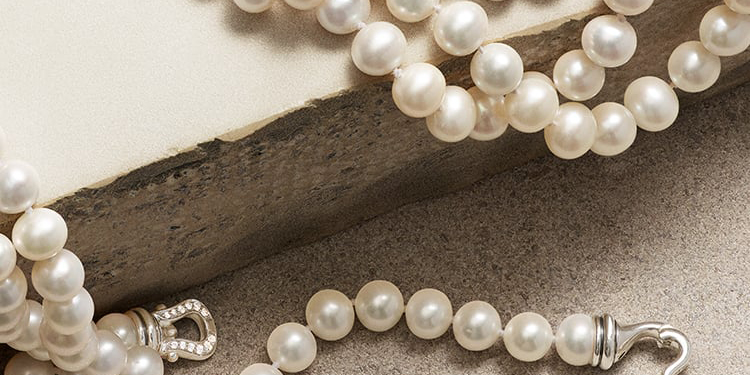
Pearls are the only gemstone that does not require jewelry. This stone has been known to people for thousands of years. The earliest references to it are found in ancient Indian books. At all times and all peoples who knew pearls, they composed their legends and myths about the beautiful and mysterious stone.
Various myths about pearls, their magical properties, and their power are still popular today. Yet, while pearls may never lose their beauty or value, they remain a timeless reminder of all the power and beauty within us.
An ideal choice for special occasions that will never go out of style, pearls are a gemstone of a lifetime. So, why not add a few to your collection and enjoy the elegance and sophistication that come with them?


Leave a Comment